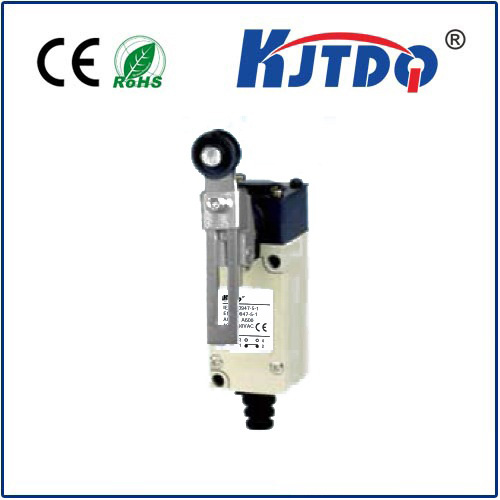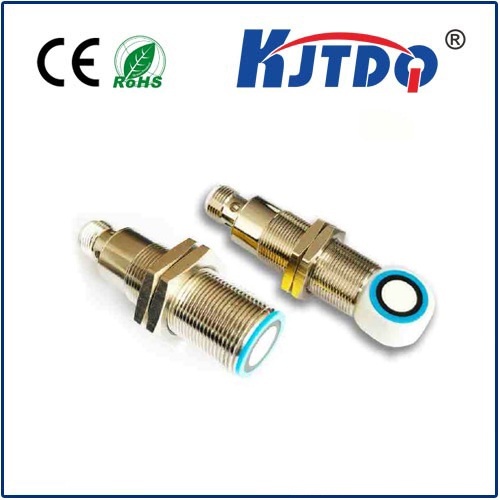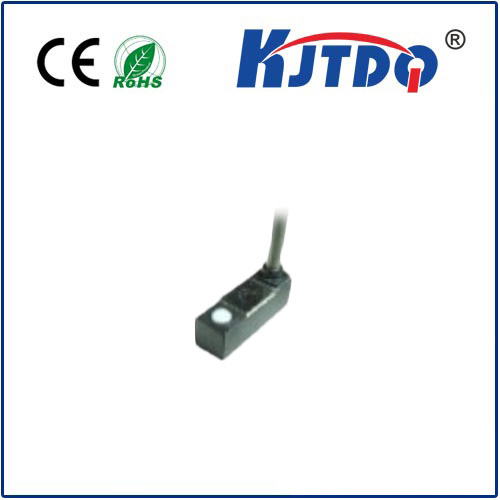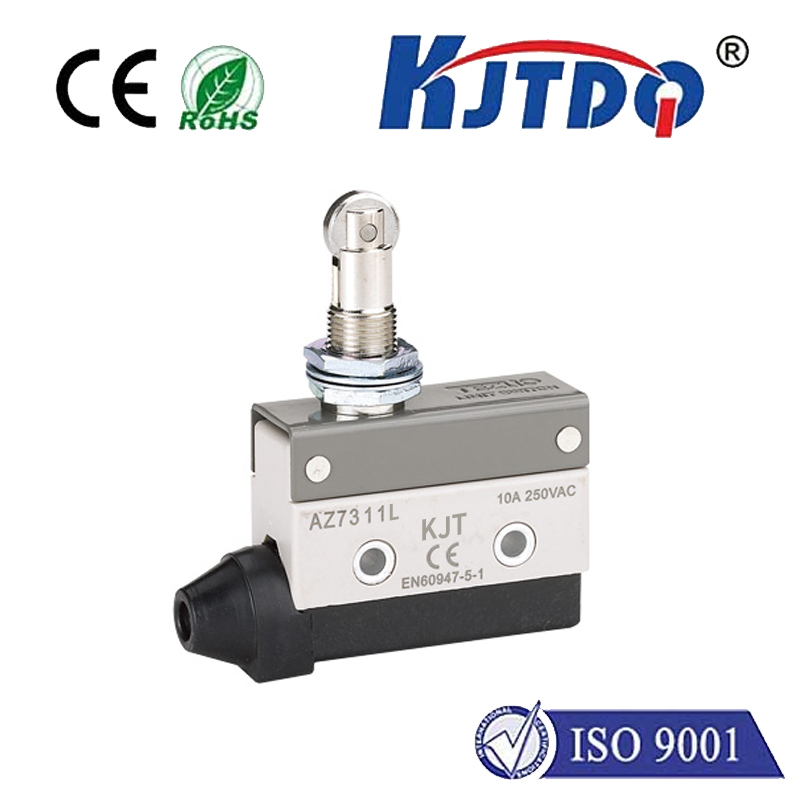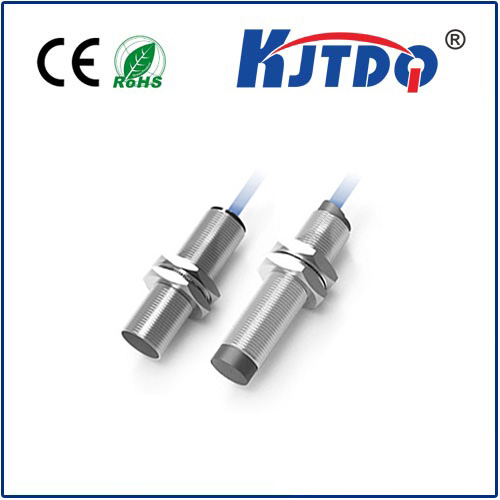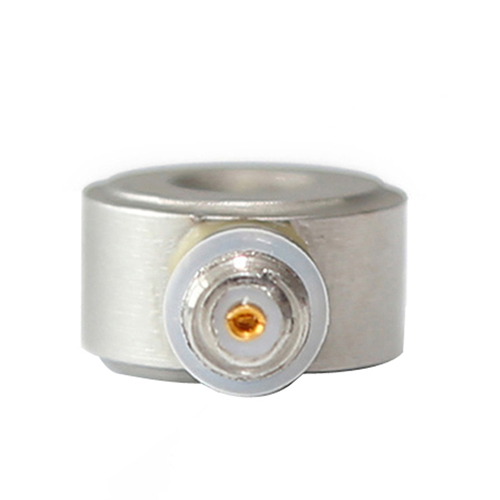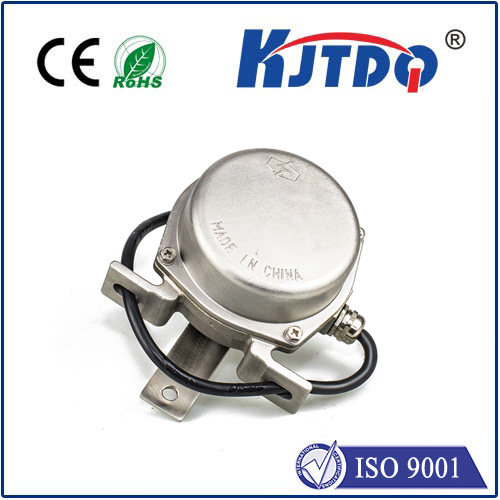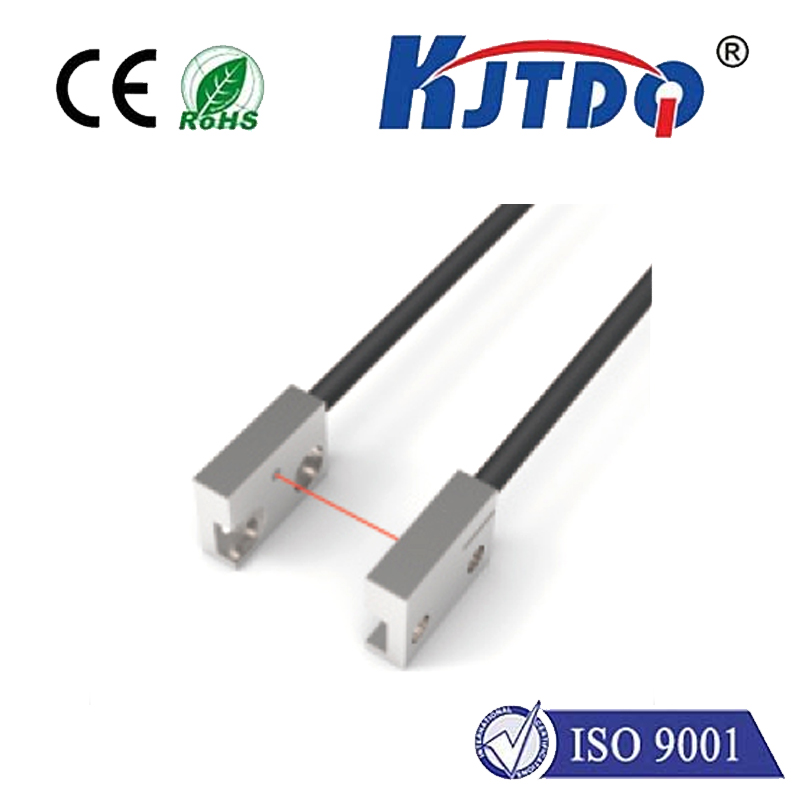

check

check

check

check
E3FA / E3RA / E3FB: The Key to Understanding E3 Protein Complexes
The E3 ubiquitin ligase family is a critical component of cellular protein degradation pathways, playing a central role in the regulation of protein turnover and signaling. Among these, the E3FA, E3RA, and E3FB subunits are particularly important in the context of the E3 ubiquitin ligase complex, which is essential for various biological processes including cell cycle control, DNA repair, and apoptosis. This article explores the structure, function, and significance of these three E3 proteins in the broader context of ubiquitin-mediated degradation.

E3FA, or E3 ubiquitin-activating enzyme, is a key component of the ubiquitin-protein ligase complex. It catalyzes the transfer of ubiquitin from its ubiquitin-conjugating enzyme (E2) to the target protein, thereby marking it for degradation. E3FA is known for its high specificity and efficiency in recognizing certain substrates, making it a vital player in the ubiquitination process. The role of E3FA is particularly evident in the context of mitotic cell cycle regulation, where it ensures the proper degradation of proteins that are no longer needed.
E3RA, the E3 ubiquitin ligase-related protein, is another member of the E3 family that operates in the ubiquitination machinery. Unlike E3FA, which is primarily involved in the activation of ubiquitin, E3RA is more focused on the actual ubiquitination of target proteins. E3RA has been implicated in the regulation of cellular processes such as DNA repair and cell proliferation. Its activity is often influenced by post-translational modifications, which can alter its function and substrate specificity.
E3FB, on the other hand, is a less well-characterized member of the E3 family, but it plays a significant role in the ubiquitination process. It is known for its ability to recognize and bind to specific substrates, particularly those involved in the maintenance of cellular homeostasis. E3FB has been studied in various contexts, including the regulation of protein degradation in response to environmental stressors and the modulation of signaling pathways.
The interplay between E3FA, E3RA, and E3FB is crucial for the proper functioning of the ubiquitin-protein ligase complex. Together, these proteins ensure that the cellular machinery can efficiently and accurately target proteins for degradation. The structural and functional differences among these subunits highlight their distinct roles in the complex, yet they are all interconnected in the broader network of protein degradation.
In summary, E3FA, E3RA, and E3FB are essential components of the ubiquitin-protein ligase complex, each contributing uniquely to the process of protein degradation. Understanding their roles not only enhances our knowledge of cellular processes but also provides insights into potential therapeutic targets for diseases involving protein misregulation. As research continues to uncover the intricacies of these proteins, their significance in cellular biology will become even more apparent.
